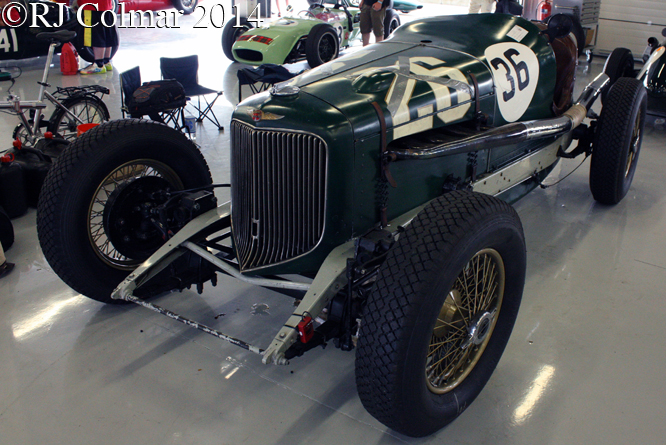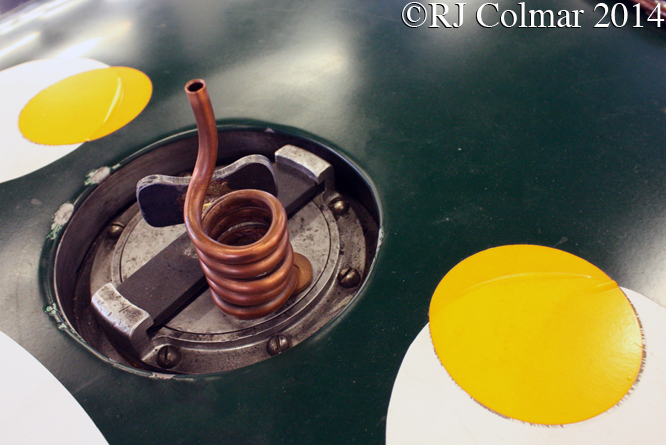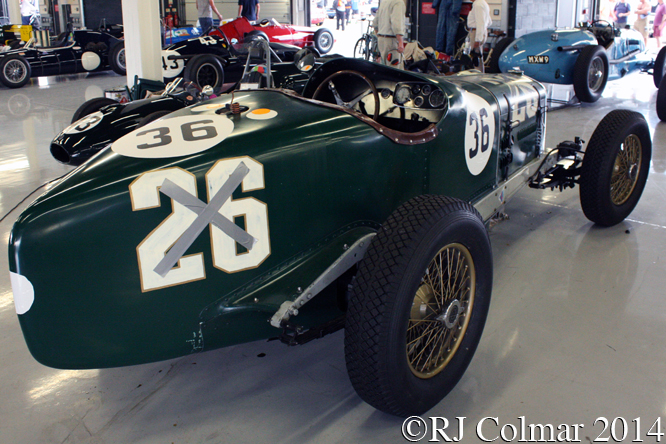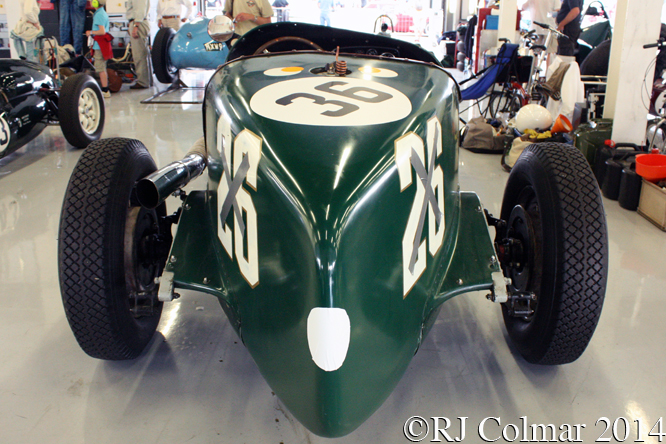In 1950 Alf Bottoms switched from being a two wheel Speedway star at Wembley to a racing driver with James Bottoms & Sons being responsible for modifying the 1947 Cowlan 500 Formula Three car, originally built by R.L. Coward and Geoff Lang, with help from Chris and Noel Shorrock into the first JBS.
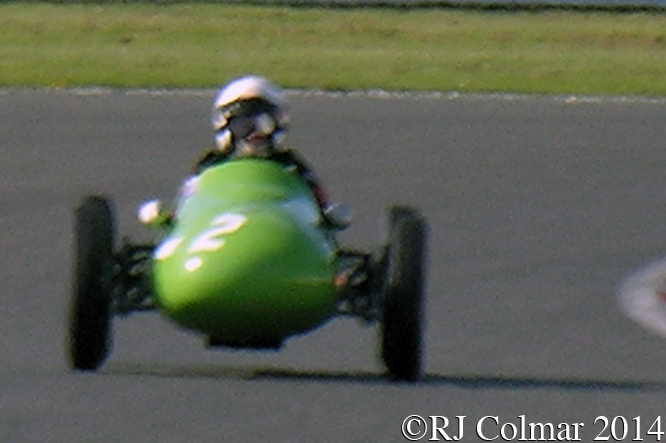
Alf and brother shared the driving duties with Alf being the more successful scoring several out right wins as did Miss Elisabeth Store who drove the JBS to victory in the ladies race in October.
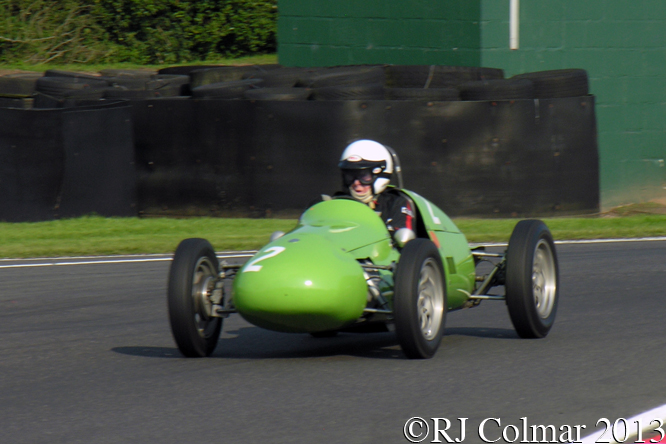
For 1951 JBS not only updated it’s design to incorporate double wishbone front suspension and adonised aluminium body, but also put the design into production building somewhere between 13 and 20 cars.
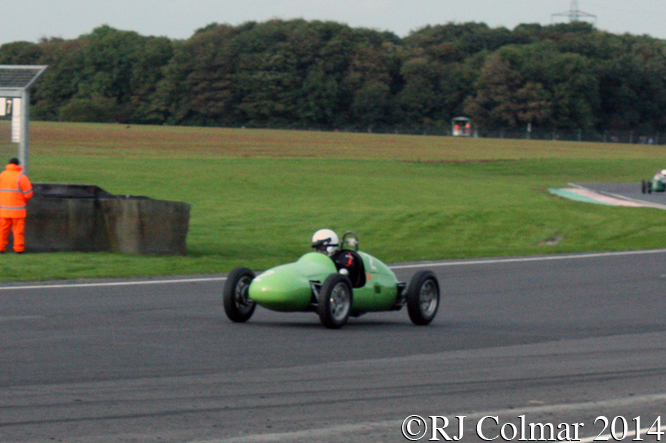
During the season JBS drivers included Alf, Ron “Curly” Dryden, Les Leston, Don Parker, Winco Frank Aikens, Dick Richards, Ron Frost, Jack Westcott, Ken McAlpine, Peter Collins, John Habin, Allan Moore, John Coombs and André Loens.
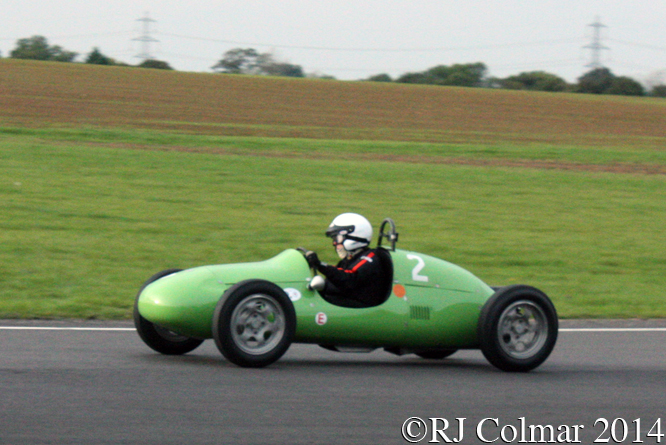
Despite the deaths of Alf, in an accident at the Luxembourg Grand Prix, and Ron “Curly” Dryden in an accident at Castle Combe JBS scored 120 podiums during the year with Peter Collins and Don Parker finishing 3rd and 4th in the 1951 British F3 Championship behind Cooper drivers Eric Brandon and Alan Brown.
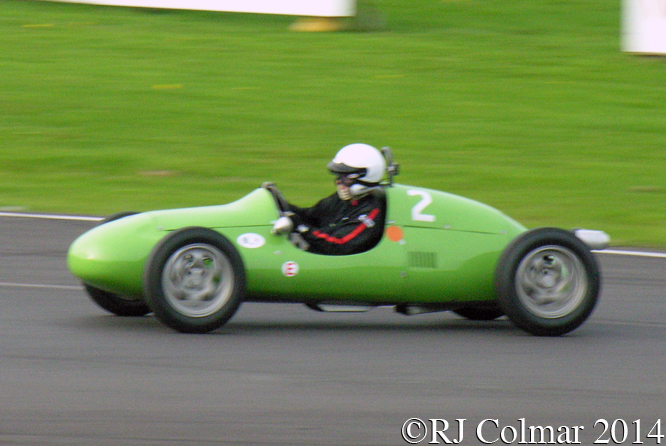
Chassis #RAC/002/51/AC is seen in these photographs with Richard Utley at the wheel, Silverstone top, Oulton Park second and Castle Combe the remainder, Richard who raced a Frazer Nash Le Mans Replica, Tojeiro 1100 and Lotus XI between 1955 and 1962 also worked with John Tojeiro on the 1100 and later Bob Hicks on the MK1 Caravelle Formula Junior car.
Since returning to historic racing in 1987 Richard has also co founded C&R Engines with Charlie Banyard Smith to re-manufacture long stroke Manx engines of the type that powers his JBS.
Thanks for joining me on this “Speedway To 500 F3” edition of “Gettin’ a li’l psycho on tyres” I hope you will join me again tomorrow. Don’t forget to come back now !


